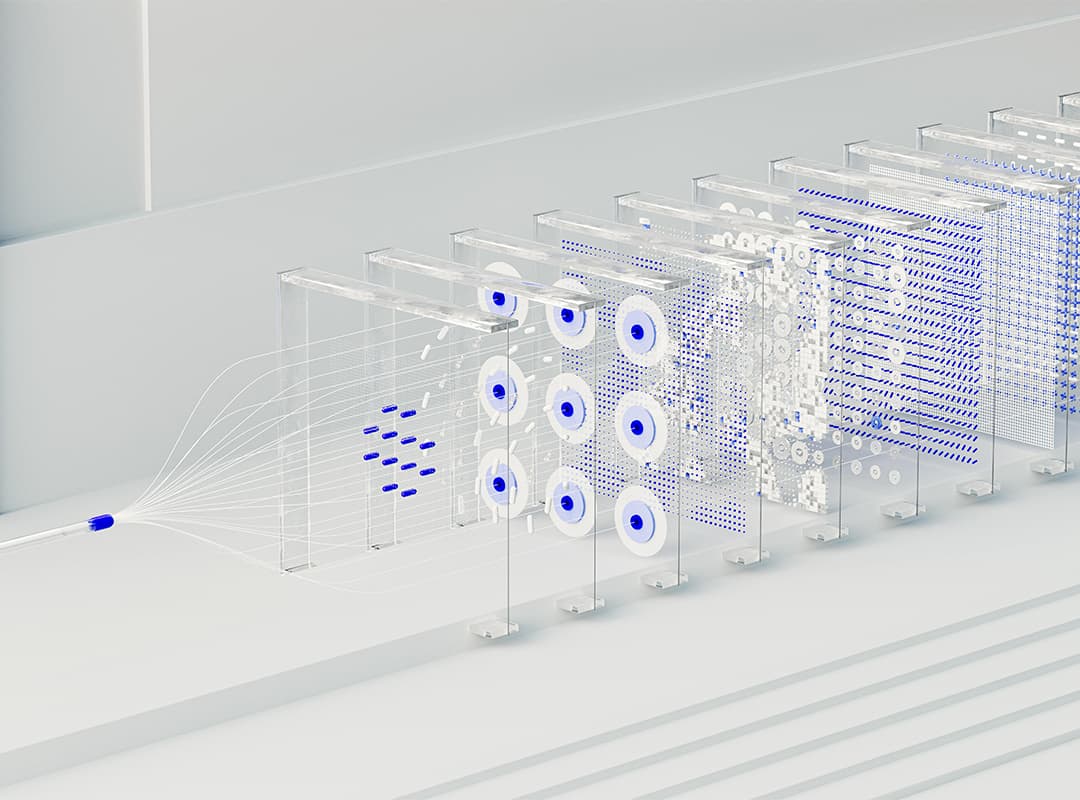Every year, the Robot Hall of Fame, established in 2003 by the American School of Computer Science at Carnegie Mellon University in Pittsburgh, inducts the most worthy representatives of this kind of intelligent machines. Nominees are divided into two categories: real and fictional – characters from books and movies. There are thousands of fictional robots, and they are perhaps more famous than the real ones.
Almost human
The image of the robot is so common in art because it gives us the opportunity not only to fantasize about the technology of the future, but also to reflect on man himself. What makes us human? What is the mystery of man, and can it be solved by the example of a robot? Can man resemble God and create new entities?
It is no coincidence that almost all fictional robots are anthropomorphic, resembling humans: partially, as in the case of R2D2 from Star Wars, or almost completely, as the heroes of Blade Runner or Wild West World. Either way, the robot reproduces some human functions, and we always perceive it in comparison to ourselves, through a human lens.
Even if robots are created not by humans but by artificial intelligence, like Terminator, or by aliens, like Transformers from the movie franchise of the same name, we still see them as human beings.
American writer Philip K. Dick brought the similarity to humans to the limit, making the heroes of the novel “Do androids dream of electroovtsy?” biorobots, which can be distinguished from humans only with the help of a special psychological test.
A potential rebel
Czech writer Karel Čapek not only introduced the word “robot” itself, but also set several major themes for science fiction. First of all, the theme of intelligent machines rebelling against humans.
In his 1920 play R.U.R. (“Rossum Universal Robots”) humanoid machines mutate – in them, initially impassive and obedient, in time awaken their own desires. The robots begin to fight for their rights and against oppression by humans, and end with the complete extermination of humanity.
However, the formula for recreating the robots dies along with the humans. In the finale, the only survivor, the architect Alquist, in search of the formula, decides to experiment on a pair of robots – male and female specimens. And then he is amazed to see how they, protecting each other, are ready for self-sacrifice, that is, the highest human feat. He recognizes them as the new Adam and Eve, the progenitors of a new, robotic “humanity”.
Humanoid villains
With the help of Čapek, his contemporaries depicted robots, not sparing gloomy colors. The theme of machine rebellion was all the more relevant that in the period between the First and Second World Wars, the world was rapidly industrializing. The prospects of automation delighted some and alarmed others. More and more often there was talk that man would have no place in a world of machines.
In 1921, French actor and director Andre Ded shoots in Italy the movie “The Mechanical Man”, in which bandits, having killed a scientist and stolen his blueprints, assemble a humanoid robot of incredible strength and use it in their evil deeds. The scientist’s brother constructs another mechanical man, and in the finale the “good” and “bad” machines come together in a grand battle, at the same time tearing apart the opera house.
In 1927, German director Fritz Lang with a scope screened futuristic novel Thea von Harbou “Metropolis”. One of the characters in the movie is a robot-woman, a mechanical copy of the girl Maria, created to destroy the city: to bring to death its rulers, and then provoke an uprising of workers. The image of the fatal mechanical woman succeeded the director to glory, and subsequently he repeatedly copied, including singers Lady Gaga, Kylie Minogue and Beyoncé.
German picture “Lord of the World” (1934) was an attempt to “justify” robots. It showed how the devious engineer Wolf, having killed the inventor Heller, uses robots to seize power.
In the finale, the villain is killed, and it is explained to the viewer that Heller did not intend to take away people’s jobs by replacing them with robots, but planned to relieve them of the heaviest and most harmful workloads by delegating them to machines. But given that the robots spend most of their screen time doing gruesome things, the effect was rather negative.
Woe from wit
Since the second half of the twentieth century, science fiction has become one of the most popular genres in literature, cinema, and music. The impetus for this was given by the beginning of space exploration and the development of computer technology.
Computers are seen as an analog of the human mind, or rather, of certain of its functions. But with the development of technology, the range of these functions is expanding, and the parallels with the human mind are becoming more and more. In 1956, American computer scientist John McCarthy introduced the concept of “artificial intelligence”.
As in the case of an ordinary robot, artificial intelligence carries a threat: the closer it is to the human mind in terms of the set of functions, the greater the probability of disobedience. A well-known example: the autonomous, astronaut-destroying onboard computer in Stanley Kubrick’s 2001: A Space Odyssey (1968).
